Benchmarking the Functional, Technical, and Business Characteristics of Automated Passenger Counting Products
Abstract
1. Introduction
- Service planning data: they include data on daily variations in the distribution of boarding and alighting, total number of passengers, overcrowding during peak hours, and actual versus scheduled journey times. These data are useful for inferring possible seasonal variations in ridership and journey times. A significant amount of data are required to ensure statistical significance.
- Scheduling data: they include data on individual stops, trips and dwell times, boarding and alighting, and punctuality performance. The objective is to monitor and, if necessary, modify travel schedules to better align supply with demand [14].
2. Materials and Methods
2.1. Data Collection
- first, a qualitative survey based on interviews, targeting the companies found on the web where there were information gaps.For producers, the interview was structured around the following elements:
- -
- characteristics of the company, business strategy, and revenue model;
- -
- device-specific details, such as interface and integration levels;
- -
- real-world accuracy, environmental factors, robustness, and potential issues;
- -
- economic and commercial information like pricing and maintenance contracts.
- second, a quantitative survey to address the lack of data and diversify the sample, enlarging the target respondents. As the interviewees in the previous step did not necessarily provide all the information that we wished to use for our analysis, a second survey was necessary to collect the missing information. To this end, a different sample was targeted, namely transport operators. The reason is that operators purchase APC systems through public tenders where they define the specifications as well as the reference price for the tender. This means that they are quite well informed regarding pricing systems and various other aspects that producers do not usually disclose. To select the operators, the “snowball” sampling plan was used, selecting an initial random group of companies and associations including transport operators (e.g., ASSTRA and ANAV), who were asked to randomly identify other operators falling within the target population [30].The quantitative survey was designed to collect the following information:
- -
- real-world accuracy, as measured in real world by the company;
- -
- components and level of integration of the system;
- -
- perception of price;
- -
- business model;
- -
- maintenance contract.
2.2. Benchmarking Analysis
- technology: different approaches (e.g., Wi-Fi and infrared) with opportunities and challenges;
- accuracy: quantification of performance of available technologies;
- environment: requirements and standards for system implementation;
- coverage: number of devices needed and cost variance;
- interface: communication interfaces for product selection;
- interference: potential interference during device operation;
- robustness: hardware components’ ability to withstand adverse conditions.
- price: price paid by buyers to manufacturers or system integrators;
- pricing model: business strategies selected by manufacturers and integrators in selling their products;
- system integration: level of integration provided to customers.
Key Performance Indicators
- i is the counter for the different tasks involved (integration, maintenance, etc.), considering only in-house processes. It ranges from zero to the number of different tasks (res);
- a is an integer corresponding to the number of resources allocated for the task (number of employees, etc.);
- H is an integer corresponding to the number of hours required for the completion of the task;
- EUR/hour is the cost per hour of the task;
- n is the counter for the system components (hardware unit, on-board gateway, IoT platform, etc.). It ranges from zero to the number of system components (comp);
- C is the price of the component;
- w is a normalised value weighting the critical nature (complexity) of the component.
- xi is the mean/median value of the data collected by the survey;
- xmin is the minimum score of the Likert scale;
- xmax is the maximum value used for the normalisation.
- w1 is a normalised value weighting the costs of the system;
- is the result of Equation (1) for the system;
- w2 is a normalised value weighting the accuracy of the system;
- ACCURACY is the accuracy of the system, expressed as a simple number (not percentage) ranging between 0 and 100. Note that this value may refer to data available in the company’s product data sheet. If real-field accuracy is available, this information can be used in Equation (2).
3. Results
3.1. Review of Companies Producing and Selling APC
- Technology used: Some systems use stereoscopic 3D cameras with depth, colour, and texture pattern algorithms, while others use binocular cameras and the Time of Flight (ToF) technique. IR methods based on ToF estimation and wireless solutions that sniff MAC addresses are also represented in the market [28];
- Accuracy is a device characteristic that customers pay particular attention to when selecting an APC solution. Regional legislation in Italy requires systems to attain a certain accuracy threshold before they may be purchased using public funding. Table 1 shows that most companies offer an accuracy of 95% or higher, with the exception of Softailor and TripPeopleCounter, which report an accuracy of 90%;
- Environment and device coverage: The different technologies used in APC devices must meet specific operating conditions and environmental standards. For example, ISO 16750 provides guidance on environmental conditions encountered by electrical and electronic systems in vehicles [34]. Infrared-based solutions are reliable in some environments, but may have difficulty counting passengers accurately in crowded conditions. Video imaging technology, on the other hand, performs well in crowded vehicles, but performance may be impaired in situations of excessive brightness. Wi-Fi approaches are not affected by lighting conditions but are more susceptible to external interference. Wired solutions offer robustness against interference, but may require additional resources for installation and maintenance;
- Interface: The interface of an APC system is crucial for data transmission and device integration. The most common interfaces are RS-485, Ethernet, PoE, WLAN, and Wi-Fi. Companies need to take into consideration the advantages and limitations of the interfaces on which their devices rely. Some devices, such as Eurotech’s DynaPCN, offer more than one interface option. Some devices lack interference information, which highlights the need for comprehensive communication capabilities;
- Robustness: The robustness of APC devices is evaluated according to various international standards, the most common being the Ingress Protection Code (IP) [35]. The IP Code, defined by the IEC, assesses how well a device can withstand dust, intrusion, accidental contact, and water. Certifications like IP30, IP45, IP65, and IP67 indicate a device’s protection levels against solid particles and liquids. Not all companies advertise their certifications on their websites, but companies will provide them to customers on request;
- Pricing model: This is different for manufacturers and system integrators. Information about companies’ pricing models is not generally available online and has to be obtained through interviews and surveys;
- System integration: System integration refers to the extent to which a company offers customers integrated components, including APC hardware units, on-board gateways, and IoT platforms. While both manufacturers and system integrators provide integration, manufacturers sell components to system integrators, who customise solutions according to customer requirements, resources, and the desired level of integration;
- Price: information about price, which is difficult to collect, was mainly obtained through interviews and surveys due to companies’ reluctance to reveal such details other than to prospective customers.
3.2. Outcomes of the Interviews
- Accuracy: Regional legislation in the Piedmont region (in Northwest Italy) has imposed a minimum accuracy of 95% for APC systems used in public transport [18]. However, there is often a significant gap between the nominal accuracy declared in device datasheets and the actual accuracy observed in real use, with a discrepancy that has been estimated to be 20–30% [18]. Concerns have been raised about the effectiveness of in-house testing and about inconsistencies in the numbers of passengers recorded as boarding and alighting;
- Pricing: Hardware-only companies have low profit margins and often outsource to low-cost labour companies. SaaS (Software as a Service) companies, on the other hand, can enjoy margins of up to 70–80%. The main costs in the SaaS model are product development, sales activities, customer service, and software hosting. By implementing third-party processing, companies can reduce production costs, ensure expert maintenance, and benefit from just-in-time supplies. It is also important to distinguish between CAPEX (capital expenditure) and OPEX (operational expenditure), where CAPEX includes the supply of hardware/software and integration services, while OPEX covers operational management contracts;
- Warranty: Repairs of hardware components are handled by the integrator, who coordinates with the manufacturer for replacements. Warranty and maintenance contracts for software components are concluded online. Warranty contracts are included in CAPEX and typically last 24–36 months. Maintenance variables include repair time, bus line size, and deployment;
- System integration: The process of integrating APC components is examined. System integrators typically purchase APC hardware, firmware, and cables from manufacturers, while on-board gateways and IoT platforms are often developed by the integrators themselves, although they can also be purchased from hardware manufacturers or their authorized suppliers. Whether integrators develop these components themselves or source them externally will depend on factors such as their degree of knowledge, their resources, and the costs involved. In most cases, integrators provide comprehensive data management, processing, and storage tailored to the customer’s needs, either through a central control system at the customer’s headquarters or through outsourcing;
- Price: Regarding price, it is important to distinguish between APC solutions according to the different technologies used and the different settings in which they are implemented. The transport systems that we consider are:
- ○
- closed systems with access after validation (e.g., metro);
- ○
- closed systems with access after ticket reservation (e.g., high-speed train);
- ○
- open systems: systems where there are no turnstiles or reservations (e.g., bus).
- ○
- DynaPCN 10-01-00: EUR 510;
- ○
- Cable connector (optional): EUR 15;
- ○
- 12-month warranty contract from commissioning.
- ○
- AVM unit: EUR 1670;
- ○
- GPS/GPRS antenna: EUR 73;
- ○
- System installation and testing: EUR 380;
- ○
- Data communication contract: charged to the customer;
- ○
- Central control system (IoT platform) at customer’s headquarters:
- ▪
- Web software: EUR 80,000;
- ▪
- Annual maintenance fee: EUR 12,000;
- ▪
- Hardware components: charged to the customer;
- ▪
- Software management component: charged to the customer;
- ○
- Central control system (IoT platform) in outsourcing mode:
- ▪
- Web software: EUR 6000;
- ▪
- Web service settings (access, fleet, and configuration): EUR 5000;
- ▪
- Annual maintenance fee: included;
- ○
- One-shot additional services (design, assistance, customisation, etc.): EUR 60,000;
- ○
- 12-month warranty contract from commissioning.
- ○
- DynaPCN 10-20-01: EUR 581;
- ○
- Cable connector (optional): EUR 37;
- ○
- Multi-band communication antenna: EUR 149;
- ○
- Training course (1 day, mandatory for programmers, installers, and maintainers) that is free;
- ○
- 24-month warranty contract from commissioning.
- ○
- DynaPCN 10-20-01: EUR 758;
- ○
- Cable connector (optional) and multi-band communication antenna not provided.
- ○
- tasks involved (cardinality i):
- ▪
- data management and maintenance;
- ○
- resources allocated to tasks (): two persons for each task;
- ○
- hours necessary for work completion (H):
- ▪
- 40 h for weekly data management, not considering overtime, on-call services, etc.;
- ▪
- 2 h for average maintenance work:
- ○
- cost per hour of work (EUR/hour):
- ▪
- data management: EUR 45/hour;
- ▪
- maintenance: EUR 35/hour.
3.3. Results of the Questionnaire
- company capital;
- public subsidies;
- company capital and public subsidies.
- hardware unit: 35%;
- on-board gateway: 45%;
- IoT platform: 20%.
3.4. Benchmarking Analysis
3.4.1. Criteria for the Benchmarking
3.4.2. Key Performance Indicators
- hardware unit: EUR 758;
- on-board gateway: EUR 1670;
- IoT platform: EUR 11,000.
- hardware unit weight: 0.46;
- on-board gateway weight: 0.32;
- IoT platform weight: 0.66.
- cost weight: 0.76 ;
- accuracy weight: 1.
4. Discussion
5. Conclusions
Author Contributions
Funding
Informed Consent Statement
Data Availability Statement
Acknowledgments
Conflicts of Interest
References
- Ben-Akiva, M.E.; Lerman, S.R. Discrete Choice Analysis: Theory and Application to Travel Demand; MIT Press Series in Transportation Studies; MIT Press: Cambridge, MA, USA, 1985; ISBN 978-0-262-02217-0. [Google Scholar]
- Cervero, R. Mixed Land-Uses and Commuting: Evidence from the American Housing Survey. Transp. Res. Part Policy Pract. 1996, 30, 361–377. [Google Scholar] [CrossRef]
- Banister, D. The Sustainable Mobility Paradigm. Transp. Policy 2008, 15, 73–80. [Google Scholar] [CrossRef]
- Butler, L.; Yigitcanlar, T.; Paz, A. How Can Smart Mobility Innovations Alleviate Transportation Disadvantage? Assembling a Conceptual Framework through a Systematic Review. Appl. Sci. 2020, 10, 6306. [Google Scholar] [CrossRef]
- Cruz, C.O.; Sarmento, J.M. “Mobility as a Service” Platforms: A Critical Path towards Increasing the Sustainability of Transportation Systems. Sustainability 2020, 12, 6368. [Google Scholar] [CrossRef]
- Pu, Z.; Zhu, M.; Li, W.; Cui, Z.; Guo, X.; Wang, Y. Monitoring Public Transit Ridership Flow by Passively Sensing Wi-Fi and Bluetooth Mobile Devices. IEEE Internet Things J. 2020, 8, 474–486. [Google Scholar] [CrossRef]
- Halyal, S.; Mulangi, R.H.; Harsha, M.M. Short-Term Passenger Demand Modelling Using Automatic Fare Collection Data: A Case Study of Hubli-Dharwad BRTS. Adv. Transp. Stud. 2023, 59, 103–122. [Google Scholar]
- Grgurević, I.; Juršić, K.; Rajič, V. Overview of Wi-Fi-Based Automatic Passenger Counting Solutions in Public Urban Transport. In EAI/Springer Innovations in Communication and Computing; Springer Science and Business Media Deutschland GmbH: Berlin/Heidelberg, Germany, 2022; pp. 181–196. [Google Scholar]
- Qureshi, K.; Abdullah, A. A Survey on Intelligent Transportation Systems. Middle-East J. Sci. Res. 2013, 15, 629–642. [Google Scholar]
- Nitti, M.; Pinna, F.; Pintor, L.; Pilloni, V.; Barabino, B. Iabacus: A Wi-Fi-Based Automatic Bus Passenger Counting System. Energies 2020, 13, 1446. [Google Scholar] [CrossRef]
- Olivo, A.; Maternini, G.; Barabino, B. Empirical Study on the Accuracy and Precision of Automatic Passenger Counting in European Bus Services. Open Transp. J. 2019, 13, 250–260. [Google Scholar] [CrossRef]
- Osama, A.; Mahdy, H.; Kandil, K.; Elhabiby, M. Monitoring the Impact of Unscheduled Stops and Unscheduled Route Deviations on Bus Service Using Automatic Vehicle Location System: A Case Study. Adv. Transp. Stud. 2016, 39, 37–48. [Google Scholar]
- United States Department of Transportation. ITS Transit Fact Sheet—Automatic Passenger Counter—ITS Professional Capacity Building Program. Available online: https://www.pcb.its.dot.gov/factSheets/apc/apc_overview.aspx#page=tech (accessed on 10 October 2022).
- Baltes, M.; Rey, J. The “Ins and Outs” of APCs: An Overview of Automatic Passenger Counters. J. Public Transp. 1999, 2, 47–64. [Google Scholar] [CrossRef]
- Chen, M.; Liu, X.; Xia, J.; Chien, S.I. A Dynamic Bus-Arrival Time Prediction Model Based on APC Data. Comput. Aided Civ. Infrastruct. Eng. 2004, 19, 364–376. [Google Scholar] [CrossRef]
- Cheng, S.; Liu, B.; Zhai, B. Bus Arrival Time Prediction Model Based on APC Data. In Proceedings of the 6th Advanced Forum on Transportation of China (AFTC 2010), Beijing, China, 16 October 2010; pp. 165–169. [Google Scholar]
- Zhou, P.; Zheng, Y.; Li, M. How Long to Wait? Predicting Bus Arrival Time with Mobile Phone Based Participatory Sensing. In Proceedings of the 10th International Conference on Mobile Systems, Applications, and Services, Association for Computing Machinery. New York, NY, USA, 25 June 2012; pp. 379–392. [Google Scholar]
- Regione Piemonte, D.G.R. n. 40-5004. Available online: https://trasparenza.regione.piemonte.it/media/7241/download (accessed on 9 January 2022).
- Diyasa, I.G.S.M.; Purbasari, I.Y.; Setiawan, A.; Winardi, S. Smart Passenger Information System Based On IoT. In Proceedings of the 2019 TRON Symposium (TRONSHOW), Tokyo, Japan, 11–13 December 2019; pp. 1–5. [Google Scholar]
- IVECO BUS Home Page. Available online: https://www.iveco.com/ivecobus/es-es/Pages/Home-Page.aspx (accessed on 11 December 2022).
- Nasir, A.S.A.; Gharib, N.K.A.; Jaafar, H. Automatic Passenger Counting System Using Image Processing Based on Skin Colour Detection Approach. In Proceedings of the 2018 International Conference on Computational Approach in Smart Systems Design and Applications (ICASSDA), Kuching, Malaysia, 15–17 August 2018; pp. 1–8. [Google Scholar]
- Kimpel, T.J.; Strathman, J.G.; Griffin, D.; Callas, S.; Gerhart, R.L. Automatic Passenger Counter Evaluation: Implications for National Transit Database Reporting. Transp. Res. Rec. 2003, 1835, 93–100. [Google Scholar] [CrossRef]
- Ragland, D. Estimating Pedestrian Accident Exposure: Automated Pedestrian Counting Devices Report; University of California: Berkeley, CA, USA, 2007. [Google Scholar]
- Jalali, S. Estimating Bus Passengers’ Origin-Destination of Travel Route Using Data Analytics on Wi-Fi and Bluetooth Signals. Ph.D. Thesis, University of Ottawa, Ottawa, ON, Canada, 2019. [Google Scholar]
- Håkegård, J.E.; Myrvoll, T.A.; Skoglund, T.R. Statistical Modelling for Estimation of OD Matrices for Public Transport Using Wi-Fi and APC Data. In Proceedings of the 21st International Conference on Intelligent Transportation Systems (ITSC), Maui, HI, USA, 4–7 November 2018; ISBN 978-1-72810-323-5. [Google Scholar]
- Li, L. Time-of-Flight Camera—An Introduction. Available online: https://www.ti.com/lit/pdf/sloa190 (accessed on 13 January 2023).
- Kotz, A.J.; Kittelson, D.B.; Northrop, W.F. Novel Vehicle Mass-Based Automated Passenger Counter for Transit Applications. Transp. Res. Rec. 2016, 2563, 37–43. [Google Scholar] [CrossRef]
- Li, G.; Chen, A. Frequency-Based Path Flow Estimator for Transit Origin-Destination Trip Matrices Incorporating Automatic Passenger Count and Automatic Fare Collection Data. Transp. Res. Part E Logist. Transp. Rev. 2022, 163, 102754. [Google Scholar] [CrossRef]
- Rose, S.; Engel, D.; Cramer, N.; Cowley, W. Automatic Keyword Extraction from Individual Documents. In Text Mining: Applications and Theory; John Wiley & Sons, Inc.: Hoboken, NJ, USA, 2010; pp. 1–20. [Google Scholar] [CrossRef]
- Naderifar, M.; Goli, H.; Ghaljaie, F. Snowball Sampling: A Purposeful Method of Sampling in Qualitative Research. Strides Dev. Med. Educ. 2017, 14. [Google Scholar] [CrossRef]
- Sobral, T.; Galvão, T.; Borges, J. Visualization of Urban Mobility Data from Intelligent Transportation Systems. Sensors 2019, 19, 332. [Google Scholar] [CrossRef]
- Kistowski, J.V.; Arnold, J.A.; Huppler, K.; Lange, K.-D.; Henning, J.L.; Cao, P. How to Build a Benchmark. In Proceedings of the 6th ACM/SPEC International Conference on Performance Engineering, Association for Computing Machinery. New York, NY, USA, 31 January 2015; pp. 333–336. [Google Scholar]
- Pronello, C.; Garzón Ruiz, X.R. Evaluating the Performance of Video-Based Automated Passenger Counting Systems in Real-World Conditions: A Comparative Study. Sensors 2023, 23, 7719. [Google Scholar] [CrossRef]
- ISO 16750. Available online: https://en.wikipedia.org/w/index.php?title=ISO_16750&oldid=1088542724 (accessed on 30 August 2023).
- IP Code. Available online: https://en.wikipedia.org/w/index.php?title=IP_code&oldid=1188610955 (accessed on 12 August 2023).
- ISTAT. Nic—Medie Annue Dal 2016 (Base 2015). Available online: http://dati.istat.it/Index.aspx?QueryId=23063 (accessed on 7 January 2022).
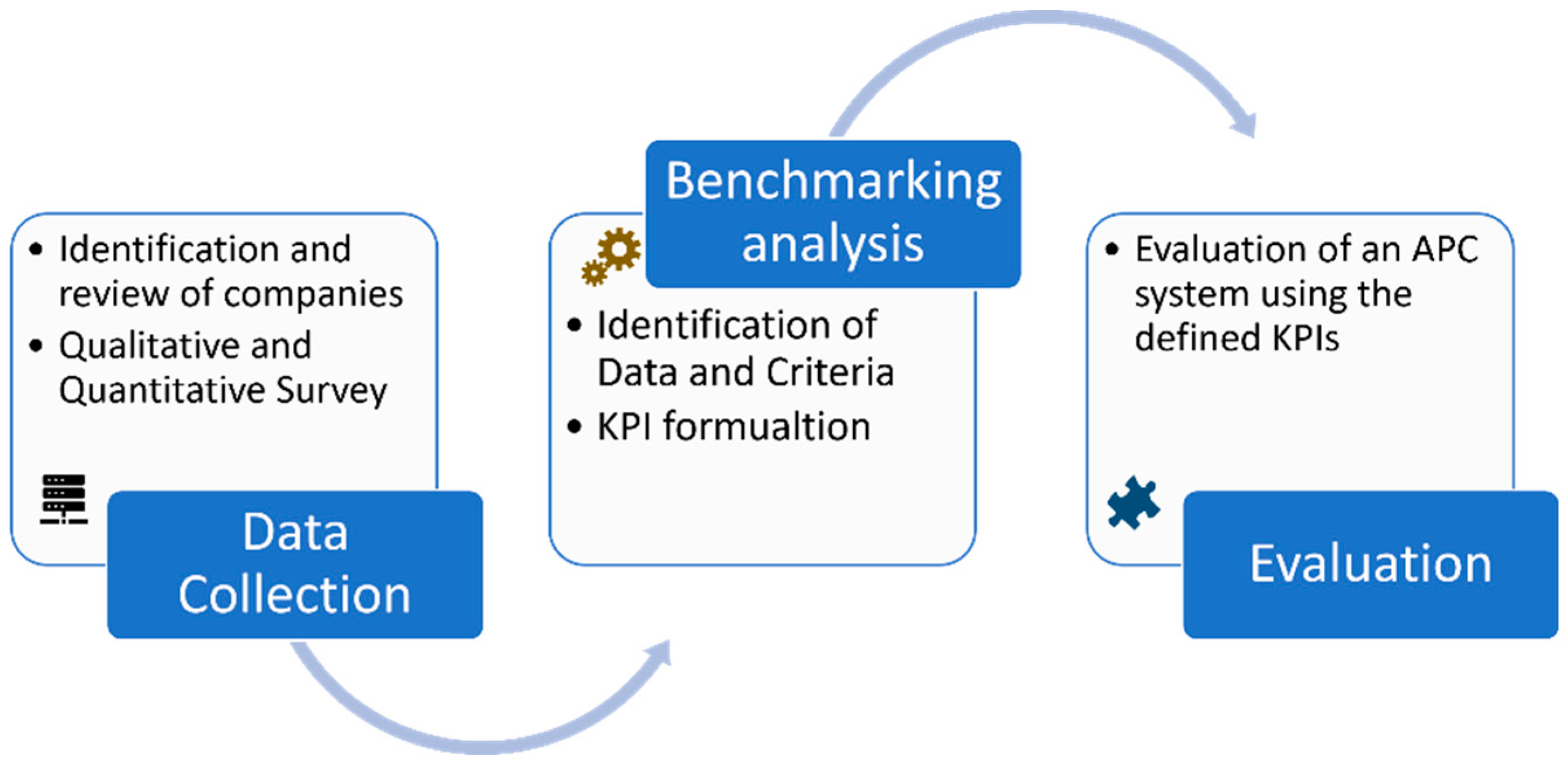



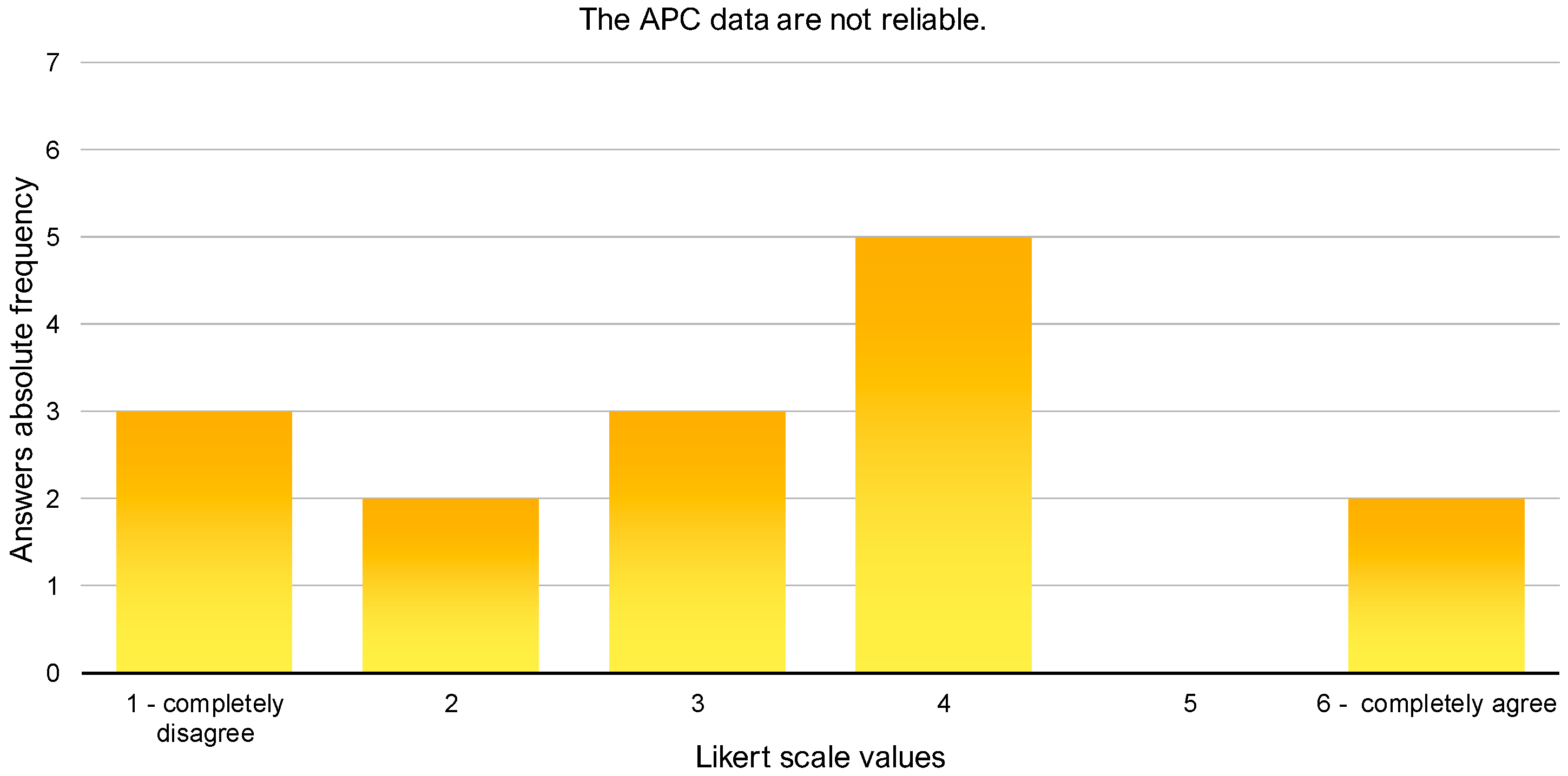
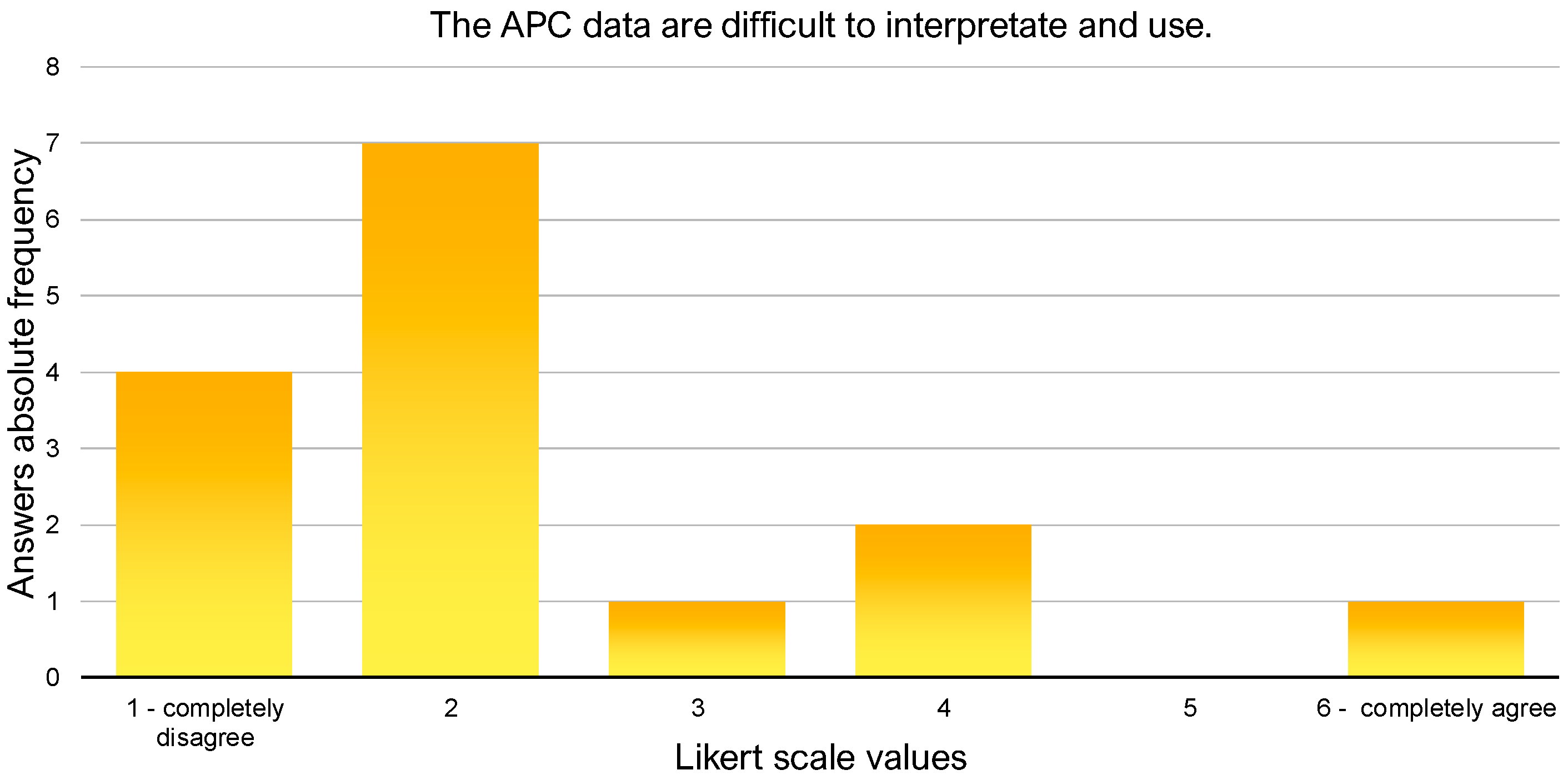
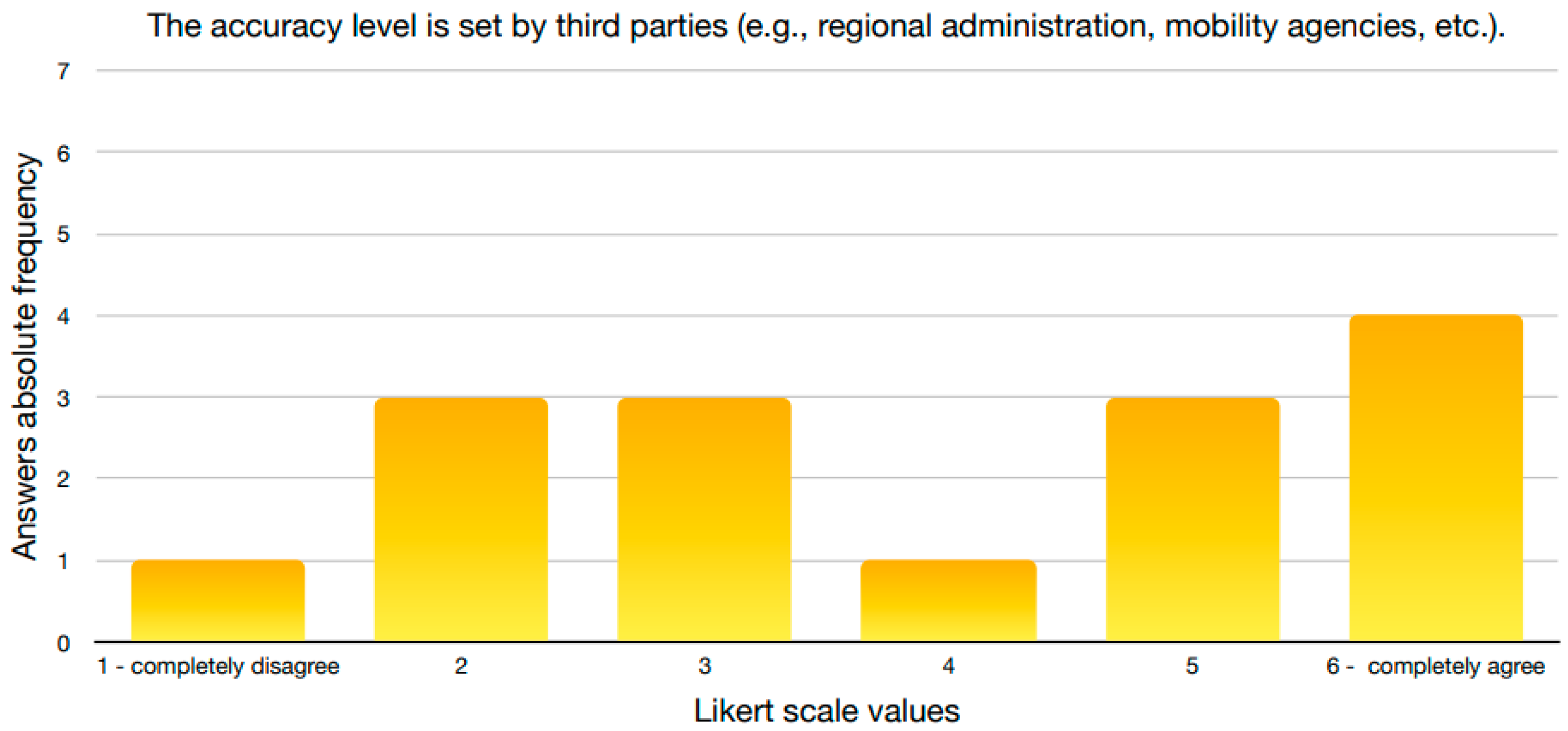


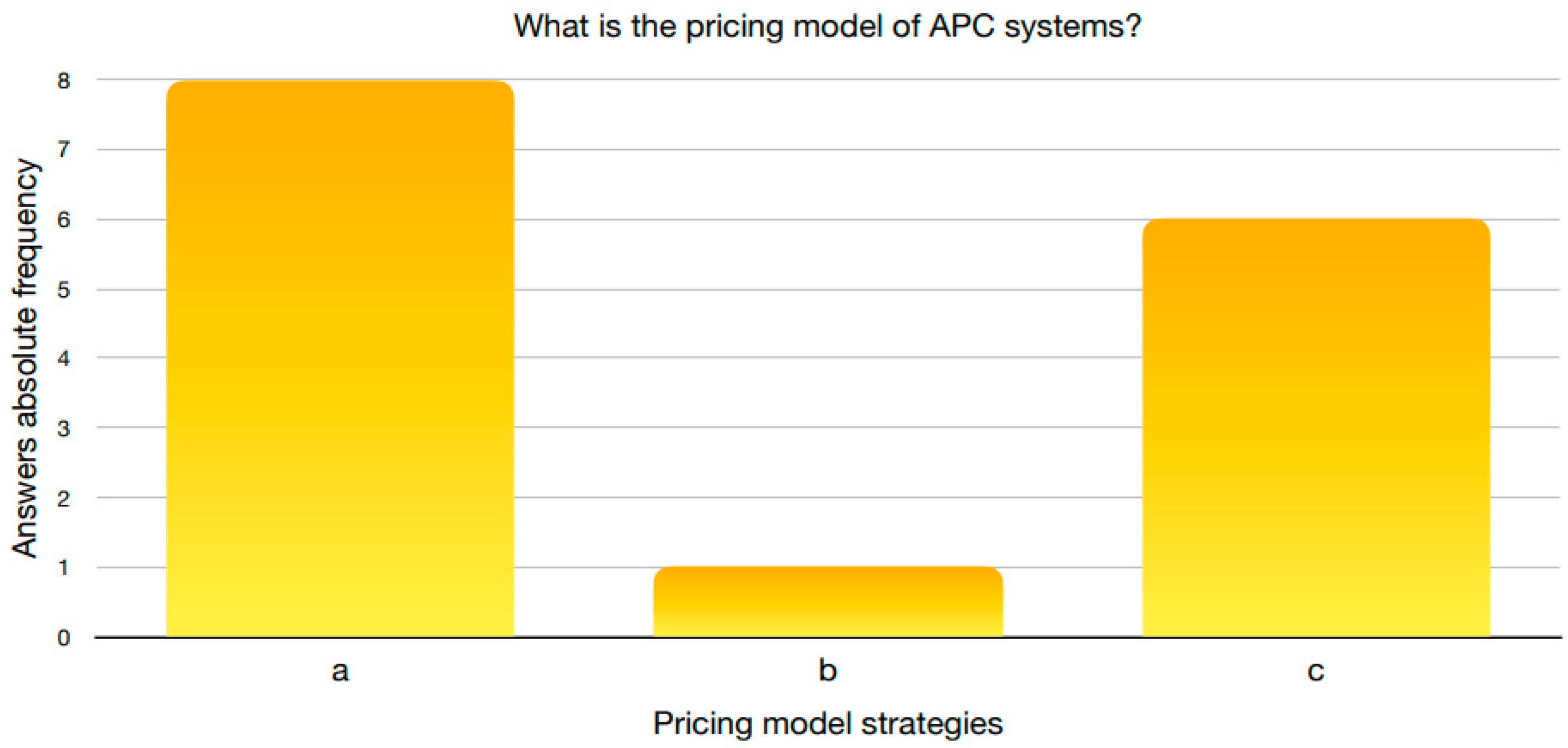
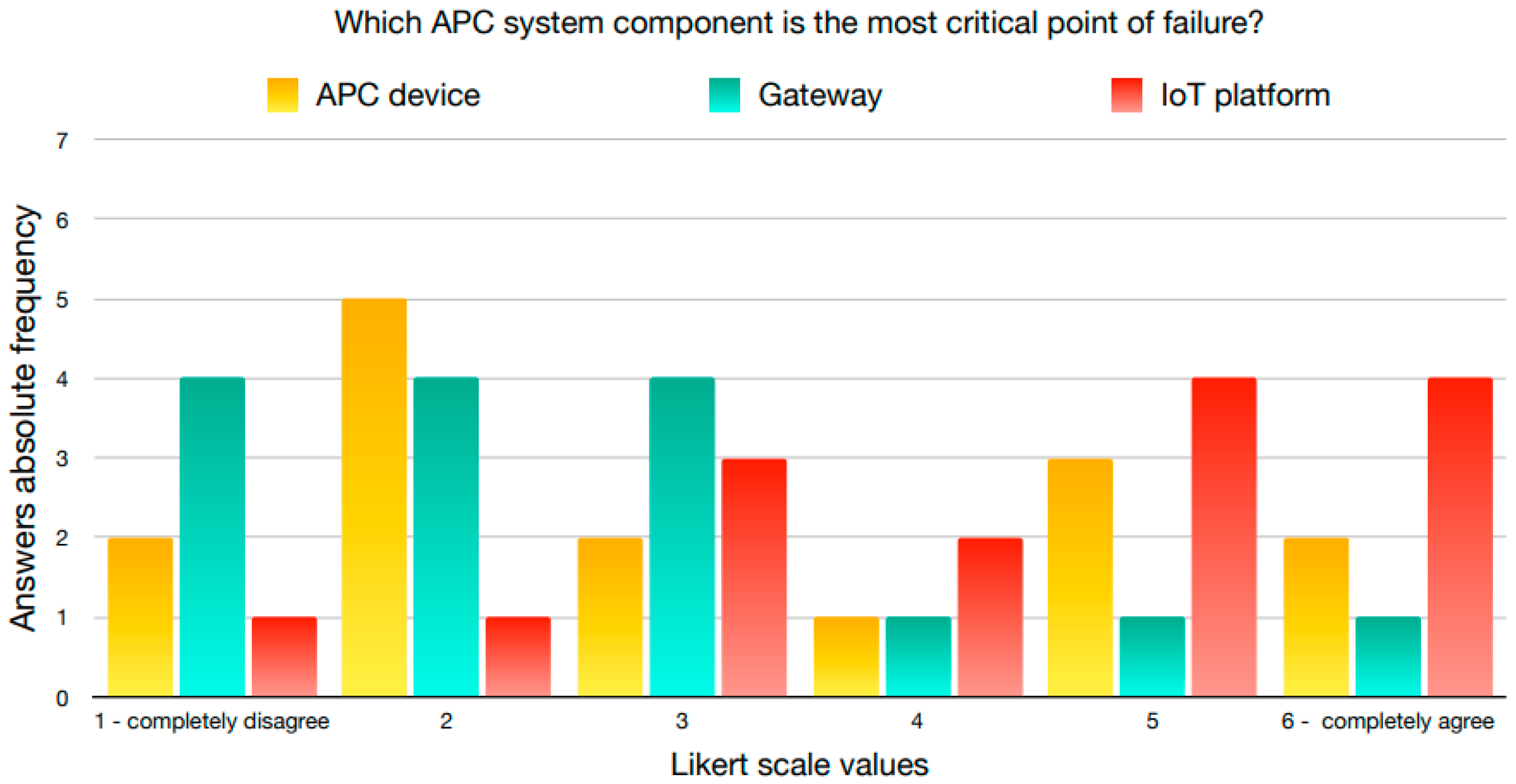

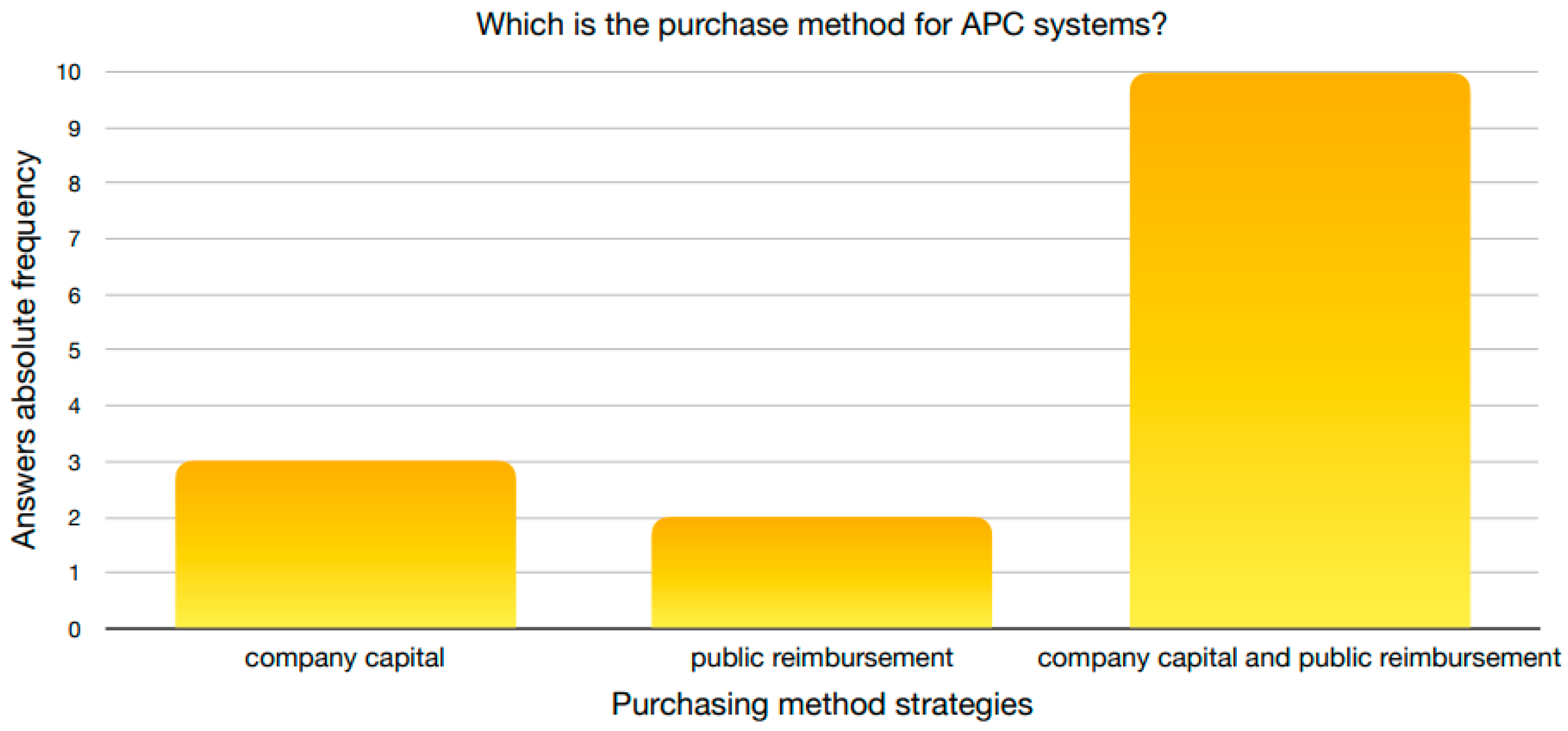
| Company | Solution | Technology | Accuracy | Environment | Coverage | Interface | Robustness |
|---|---|---|---|---|---|---|---|
| Dilax Intelcom | DILAX IRS-400 | Stereoscopic 3D | 99% | - | 1 per door | GSM/GPRS/Wi-Fi | IP65 |
| Foorir | Binocular camera (BC) | 98% | - | 1 per door | RJ45/RS485/WI-FI | T: −20 °C to 40 °C, Hum: 10–80% | |
| Ermetis | Zyklop People | BC | 98% | EN50155 | 1 per door | RS485, Wi-Fi | IP65 |
| Eurotech | DynaPCN 10-20-01 | Stereoscopic vision and IR | 98–99% | EN50155 | 1 per door | RS-485, Ethernet PoE Ethernet | IP65 |
| Footfallcam | FootfallCam 3D Pro2 | Stereoscopic 3D vision | 99.5% | min 1 lux | 1 per door | Ethernet or PoE Ethernet/WI-FI | T: −10 °C to 45 °C, Hum: 10–90% |
| Hella Aglaia | APS-B | Stereoscopic vision and IR | 99% | EN 50125-1 | 1 per door | Ethernet or PoE Ethernet | IP65 |
| IRIS Intelligent Sensing | IRMA Matrix | 3D IR matrix sensor (ToF) | 99% | EN50155 | 1 per door | CAN/PoE Ethernet Wi-Fi IBIS-IP | IP65/IP67 |
| Microlog | - | Stereoscopic 3D | 95% | - | 1 per door | - | n.a. |
| MRB make recording better | HCP-168-HCP088 | BC-3D vision | 95–98% | 0 lux | 1 per door | RJ45/RS45 or RS485/WI-FI | IP43 |
| Softailor | BC | 90% | - | 1 per door | - | n.a. | |
| Stremax | APC-P3 | BC-3D vision | 99% | - | 1 per door | n.a. | |
| Xovis | PTC-1 | 3D light sensor technology | 99% | EN50155 | 1 per door | Ethernet or PoE Ethernet/WI-FI | IP65 |
| Exeros | - | 3D light sensor | 99% | - | 1 per door | - | n.a. |
| Infodev | DA-400 | 3D light directional sensor | 97.5–99.5% | - | 1 per door | RS-485/PoE Ethernet/Wi-Fi, GSM | n.a. |
| Interautomation | VDV457 v2.1 | 2D/3D sensor | 99% | - | 1 per door | - | n.a. |
| Masstrans | - | BC-3D vision ToF | 97% | - | 1 per door | n.a. | |
| R2P | - | Stereoscopic 3D vision | 98% | - | 1 per door | Wi-Fi, Ethernet, RS485, RS232, LoRaWAN | n.a. |
| RETAIL Sensing | - | BC | 98% | - | 1 per door | Wi-Fi, Ethernet, RS485, RS232, | n.a. |
| Trip people counter | - | Wi-Fi solution | % error: 10% | EN50155 | vehicle-size based | Teltonika RUT955 | IP30 |
| V-Count | Ultima GO | Stereoscopic 3D vision | 98% | min 30 lux | 1 per door | Ethernet or PoE Ethernet | T: −15 °C to 40 °C, Hum: 10–90% |
Disclaimer/Publisher’s Note: The statements, opinions and data contained in all publications are solely those of the individual author(s) and contributor(s) and not of MDPI and/or the editor(s). MDPI and/or the editor(s) disclaim responsibility for any injury to people or property resulting from any ideas, methods, instructions or products referred to in the content. |
© 2024 by the authors. Licensee MDPI, Basel, Switzerland. This article is an open access article distributed under the terms and conditions of the Creative Commons Attribution (CC BY) license (https://creativecommons.org/licenses/by/4.0/).
Share and Cite
Pronello, C.; Baratti, L.; Anbarasan, D. Benchmarking the Functional, Technical, and Business Characteristics of Automated Passenger Counting Products. Smart Cities 2024, 7, 302-324. https://doi.org/10.3390/smartcities7010013
Pronello C, Baratti L, Anbarasan D. Benchmarking the Functional, Technical, and Business Characteristics of Automated Passenger Counting Products. Smart Cities. 2024; 7(1):302-324. https://doi.org/10.3390/smartcities7010013
Chicago/Turabian StylePronello, Cristina, Luca Baratti, and Deepan Anbarasan. 2024. "Benchmarking the Functional, Technical, and Business Characteristics of Automated Passenger Counting Products" Smart Cities 7, no. 1: 302-324. https://doi.org/10.3390/smartcities7010013
APA StylePronello, C., Baratti, L., & Anbarasan, D. (2024). Benchmarking the Functional, Technical, and Business Characteristics of Automated Passenger Counting Products. Smart Cities, 7(1), 302-324. https://doi.org/10.3390/smartcities7010013








